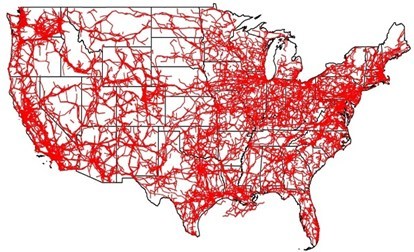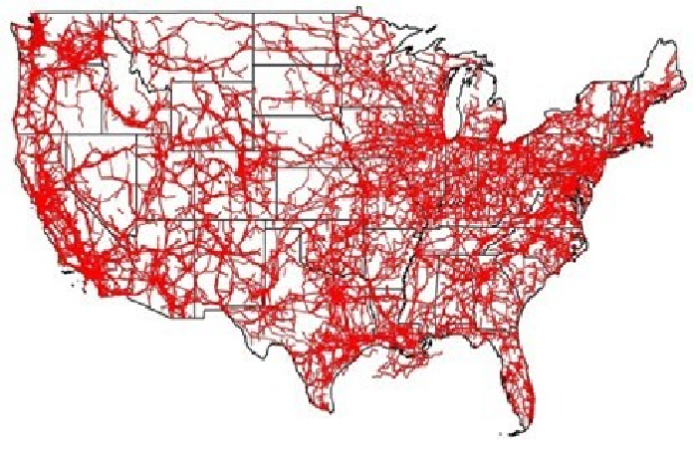The National Spectrum Management Association (NSMA) issued a formal filing to the Federal Communications Commission (FCC) detailing a “deep concern” regarding the regulatory change that opens up the 6 GHz band to unlicensed use.
In April 2020, the FCC opened up 1,200 megahertz of spectrum in the 5.925-7.125 GHz bands for unlicensed Wi-Fi use, a decision considered monumental by those in the Wi-Fi industry as it will offer significant improvement in user experience around density, reliability and throughput.
In the filing, however, the NSMA urges the FCC to “protect mission-critical communications,” claiming that the flood of unlicensed devices on the 6 GHz band could jeopardize communications from first responders like ambulance services and police and fire departments, as well as railroads, pipelines, electric and water utilities.
“This swarm of devices could disrupt communications for first responders, utility workers, pipeline safety engineers, and more,” said Joseph Sandri, president of the NSMA. “We must test the system with transparent, peer-reviewed, real-world trials.”

According to a previous NSMA 6 GHz band audit, the “vast majority of licensed systems [on this band] are mission-critical.” More specifically, the associated claimed in the filing that the 6 GHz band includes more than 100,000 links of microwave radio that form the essential communications infrastructure for first responders and other mission critical systems.
“To function safely, these links require extremely high-quality signal availability — with less than 158 seconds of interruption per year,” the association stated. “Greatly increasing traffic in this band increases the probability of service interruptions that could have dire economic and public safety consequences.”
Sandri urged extreme caution, warning the FCC that “without more thorough testing, the deployment of these devices can place dangerous amounts of stress on critical networks around the country.”

